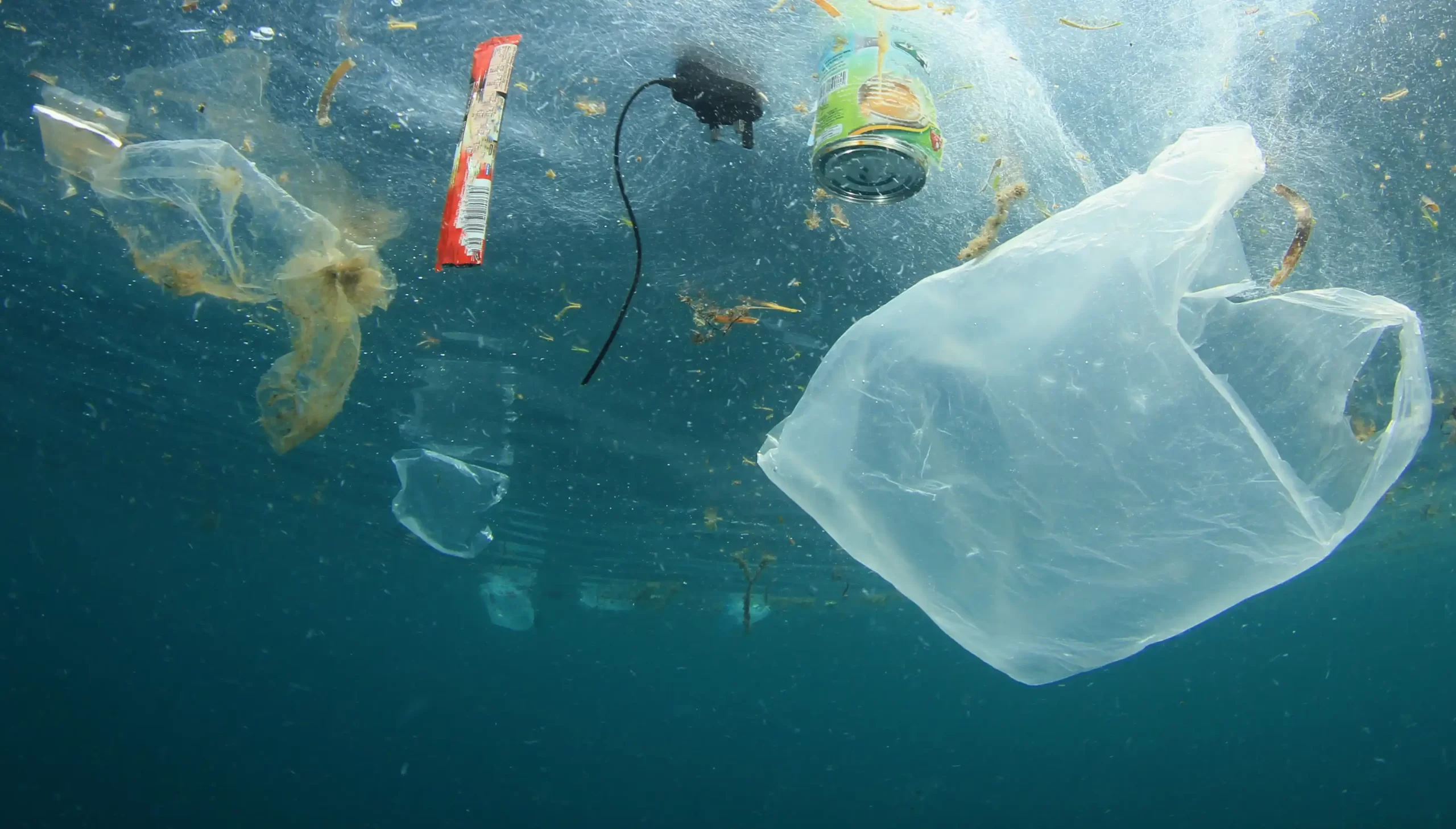Water pollution is a pressing global issue that affects ecosystems, human health, and economic stability. It occurs when harmful substances—chemicals, waste, or microorganisms—contaminate water bodies such as rivers, lakes, oceans, and groundwater. This article explores the causes and effects of water pollution, as well as potential solutions to this critical problem.
Causes of Water Pollution
- Industrial Discharges:
- Factories often release pollutants directly into water bodies. These can include heavy metals, chemicals, and toxins from manufacturing processes, leading to significant contamination.
- Agricultural Runoff:
- The use of fertilizers, pesticides, and herbicides in agriculture can result in runoff that carries harmful substances into nearby streams and rivers. Nutrient pollution, particularly from nitrogen and phosphorus, can cause algal blooms that deplete oxygen in the water.
- Wastewater and Sewage:
- Untreated or inadequately treated wastewater from homes and industries can introduce pathogens, nutrients, and organic matter into water bodies. This not only affects water quality but also poses health risks to communities.
- Oil Spills:
- Accidental or deliberate oil spills can lead to catastrophic environmental damage, harming marine life and coastal ecosystems. Oil creates a barrier on the water surface, preventing oxygen exchange and affecting the food chain.
- Plastic Pollution:
- Plastics, including microplastics, are pervasive pollutants that accumulate in oceans and freshwater systems. They can harm wildlife and enter the food chain, posing risks to both ecosystems and human health.
- Mining Activities:
- Mining operations can lead to water pollution through the release of heavy metals, sediment, and toxic chemicals. Acid mine drainage, which occurs when sulfide minerals are exposed to air and water, can severely impact nearby waterways.
Effects of Water Pollution
- Human Health Risks:
- Contaminated water can lead to serious health issues, including gastrointestinal illnesses, reproductive problems, and neurological disorders. Vulnerable populations, such as children and the elderly, are particularly at risk.
- Ecosystem Damage:
- Water pollution disrupts aquatic ecosystems, leading to the decline of fish populations and the loss of biodiversity. Toxic substances can bioaccumulate in organisms, affecting the entire food web.
- Economic Consequences:
- Polluted water can have significant economic impacts, affecting industries such as fishing, tourism, and agriculture. The costs associated with water treatment and healthcare also place a financial burden on communities.
- Water Scarcity:
- Pollution can reduce the availability of clean water for drinking and irrigation, exacerbating water scarcity issues in many regions. This can lead to competition for resources and increased social tensions.
- Climate Change Feedback:
- Nutrient pollution from agricultural runoff can contribute to the formation of dead zones—areas with low oxygen levels that cannot support marine life. This exacerbates the impacts of climate change on ocean ecosystems.
Solutions to Water Pollution
- Improved Wastewater Treatment:
- Investing in modern wastewater treatment facilities can significantly reduce the amount of pollutants released into water bodies. Technologies such as membrane filtration and biological treatment can enhance the removal of contaminants.
- Regulations and Enforcement:
- Stronger environmental regulations and enforcement are essential to hold industries accountable for their discharges. Governments must implement and monitor compliance with pollution control measures.
- Sustainable Agriculture Practices:
- Adopting sustainable agricultural practices, such as crop rotation, organic farming, and integrated pest management, can reduce the reliance on chemical fertilizers and pesticides, minimizing runoff.
- Pollution Prevention:
- Encouraging industries to adopt pollution prevention strategies, such as cleaner production technologies and waste minimization, can reduce the quantity and toxicity of pollutants at the source.
- Community Engagement and Education:
- Raising public awareness about the impacts of water pollution and involving communities in monitoring and conservation efforts can foster a culture of stewardship and accountability.
- Plastic Reduction Initiatives:
- Reducing plastic use through recycling programs, bans on single-use plastics, and promoting biodegradable alternatives can help mitigate plastic pollution in water bodies.
- Restoration of Ecosystems:
- Investing in the restoration of wetlands and riparian zones can help filter pollutants, improve water quality, and enhance biodiversity. Healthy ecosystems are more resilient to pollution.
Conclusion
Water pollution is a multifaceted issue that poses significant challenges to health, ecosystems, and economies worldwide. Addressing this problem requires a comprehensive approach that combines regulation, technology, education, and community involvement. By implementing effective solutions and fostering a culture of environmental responsibility, we can protect our water resources for future generations and ensure a healthier planet. The collective efforts of governments, industries, and individuals are crucial in the fight against water pollution, highlighting the importance of stewardship and sustainable practices in preserving our vital water resources.

